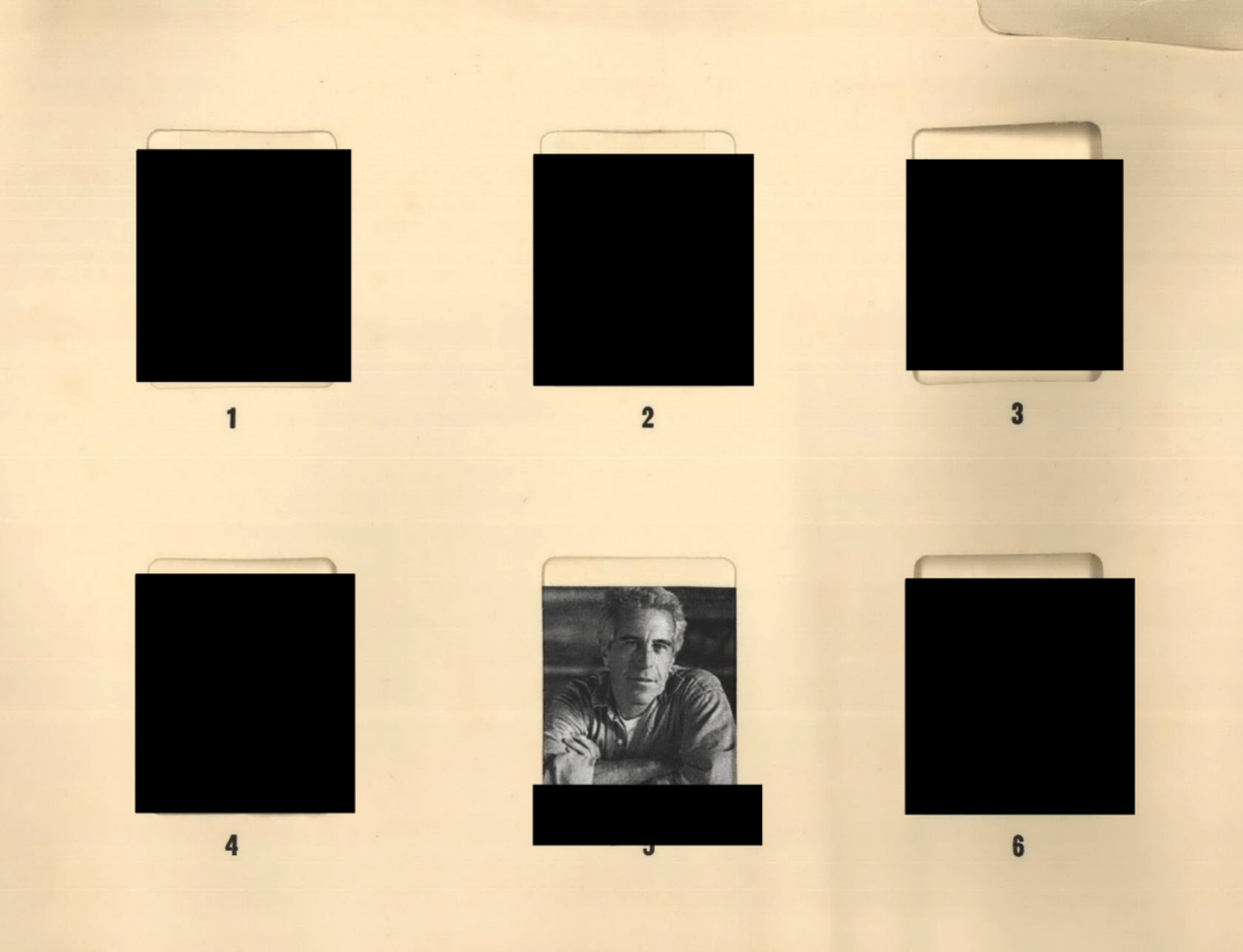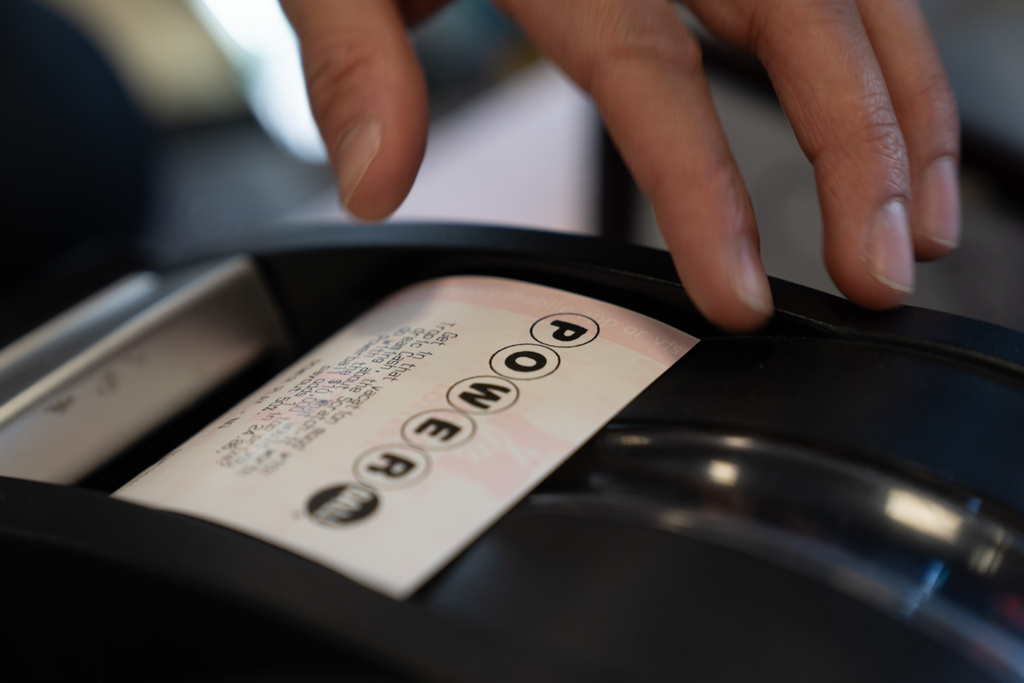Since early last week, 670 Sheetz gas stations in the mid-Atlantic have been selling unleaded 88 gasoline for $1.99 per gallon.
Monday marks the final day of the promotion, which includes all of Sheetz's Pennsylvania, Ohio, North Carolina, Virginia and West Virginia locations. The deal expires at 11:59 p.m. ET.
The promotion has generated a lot of buzz for Sheetz, as Google searches for the gas chain spiked during Thanksgiving weekend.
The discounted gas comes as average fuel prices have dropped across the U.S. According to AAA, the average gallon of regular gas in the U.S. on Monday is $3.25, which is down 8 cents from a week ago and 26 cents from a month ago.
Average gas prices in the five states offering the promotion range from $3 per gallon to $3.56.

Great ways to save money on Christmas decorations
Experts give several tips that could save hundreds of dollars when buying new Christmas decorations.
For those looking to save over $1 per gallon in gas, there is one catch that might impact those who drive older vehicles. The gas being sold by Sheetz is unleaded 88, which is approved for use in all 2001 and newer cars, trucks and SUVs.
Motorcycles; vehicles with heavy-duty engines, such as school buses and delivery trucks; off-road vehicles, such as boats and snowmobiles; engines in off-road equipment, such as chainsaws and gasoline lawn mowers; and conventional vehicles older than model year 2001 are unable to use the unleaded 88 gas.
The gas is blended with 15% ethanol, which Sheetz says provides a cleaner burn that is more environmentally friendly.
Another catch is that unleaded 88 is slightly less fuel efficient than regular gas.
Ethanol has a lower energy content than gas, meaning it takes more gallons of ethanol to equal the same amount of energy as gas. But at most filling stations, gasoline is mixed with 10% ethanol.
While consumers would have a 4%-5% drop in fuel economy using unleaded 88 compared to fuel made with 100% gas, the difference between most gas sold in the U.S. and the unleaded 88 blend would result in a 1%-2% reduction in fuel efficiency.









